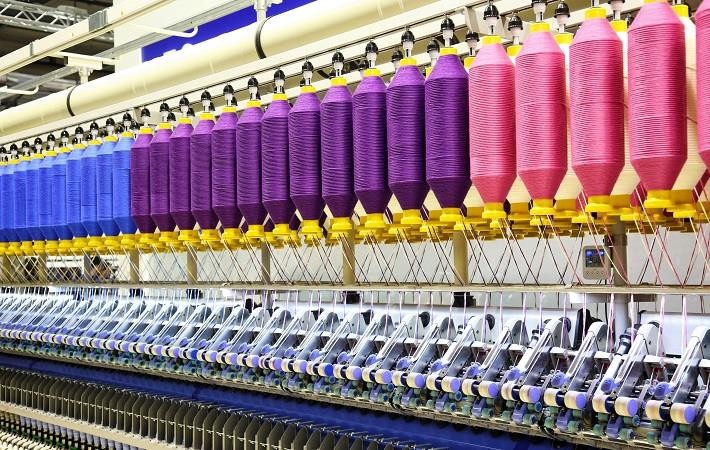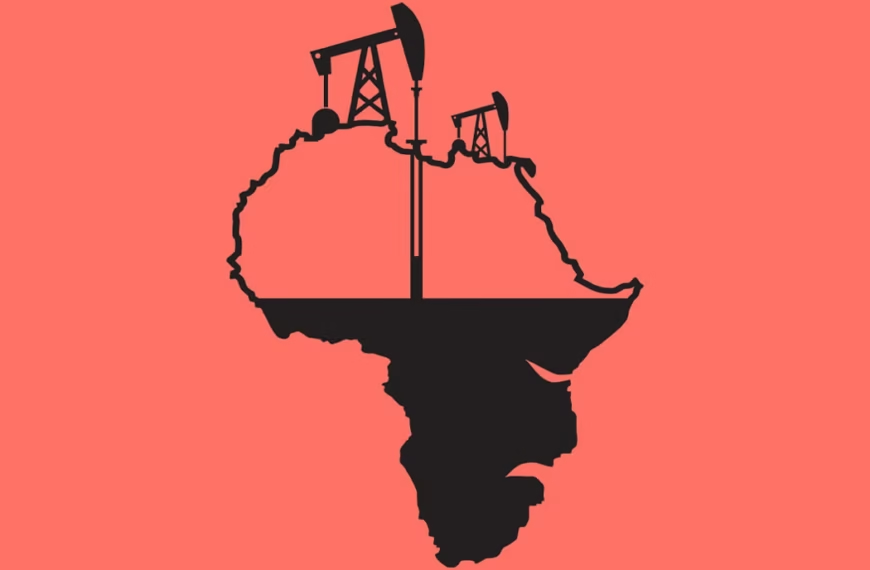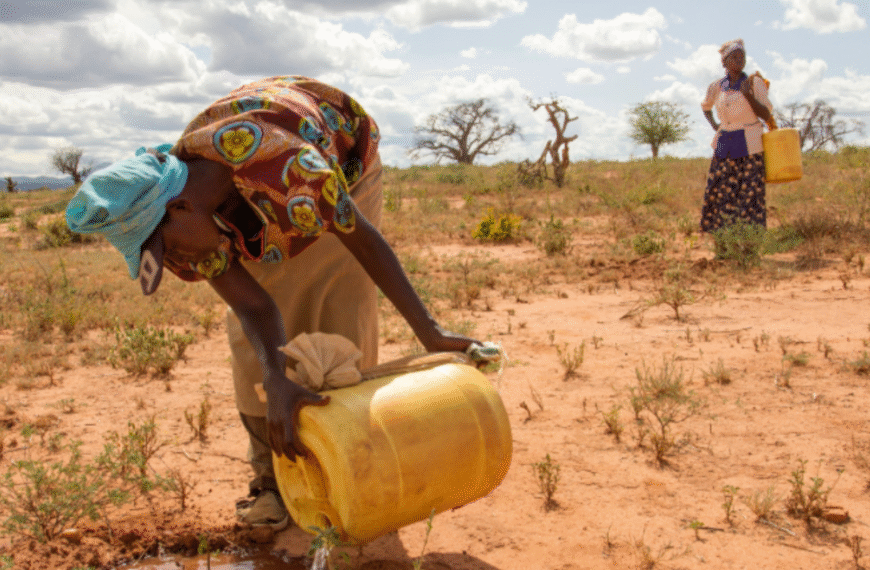
The Dark Secret Behind the Textile Industry
Dhruv Moondra
October 25 2024
In today’s world, we all consume fast fashion like it’s the part and parcel of everyday life. With so many clothing brands and options in the market, we get carried away with great deals and fabulous designs, ultimately ending up on a shopping spree. The results of this global phenomenon are very clear: between 2000 and 2014, clothing production more than doubled and the number of garments purchased per capita increased by about 60%.
What impacts does this have?
Well, if we consider the positive side, then there are numerous economic and social contributions. Firstly, the global textile market is massive with a valuation of $1.84 trillion in 2023, translating to immense global contributions in the world economy. It especially benefits poorer nations as many individuals, including women and marginalised communities achieve financial independence. This is manifested in the 80% of the total industry workforce that is employed in developing countries, mostly unskilled workers.
However, there is a dark side to all of this that is much more concerning. While it is true that the industry is labour intensive, thanks to the lax labour laws in many of these countries, workers tend to be exploited with poor working conditions, long hours and low wages. In Bangladesh for instance, due to minimal enforcement of labour laws workers often earn as little as 33 cents per hour whereas reports indicate that 88% of Bangladeshi garment workers experience verbal abuse. India and Cambodia are also big players in the global supply chain that face issues of child labour, unsafe working conditions, excessive work hours and low wages. The worst part of it all is that the ones perpetrating all these crimes are big brands like H&M, Zara, Shein, Nike and Gap who deliberately chose such locations to cut costs without factoring in ethical objectives.
Moving on, the second most terrible part of this industry is its appalling pollution levels. Even though the fashion industry doesn’t even feature amongst the world’s largest industries, its environmental pollution levels top the list in almost every criteria, making it a planet killer. Just to name a few details, the fashion industry emits more CO2 than all international flights and maritime shipping combined, it is the second largest swallower of water globally depriving many in multiple regions, it accounts for 20% of global industrial water pollution, and it is largely responsible for 31% of plastic pollution in the ocean.
With such a gargantuan footprint the negative externalities of this economic activity are too abhorrent to be true.
Some of the biggest victims of the fashion industry include Uzbekistan which now faces acute water shortages due to cotton farming and they have lost 90% of the Aral Sea, which was formerly the world’s 4th largest inland water body.
Next, in the rivers around Dhaka, their colour has turned pitch black due to toxic wastewater discharge from factories making them unfit for human consumption.
Lastly, in India the use of hazardous chemicals in dyeing processes have caused workers to suffer from respiratory issues, chemical burns, skin diseases and neurological damage.
Therefore, we must all make a collective effort to stop impulsive shopping if we want to save our planet, achieve the UN SDG goals and eliminate human suffering. We can’t do much to change government rules and regulations but we can start small by saying no to stuff we don’t need. The next time you go shopping, opt for more eco-friendly garments made of materials like organic cotton, recycled polyester and natural fibres like linen and bamboo. Consumers must also invest in quality clothing that lasts longer rather than cheap fast fashion items and donate or recycle old clothes instead of dumping them in landfills.
Remember, only if we take action now can we enjoy a future
Source Cited:






Leave a Reply
You must be logged in to post a comment.